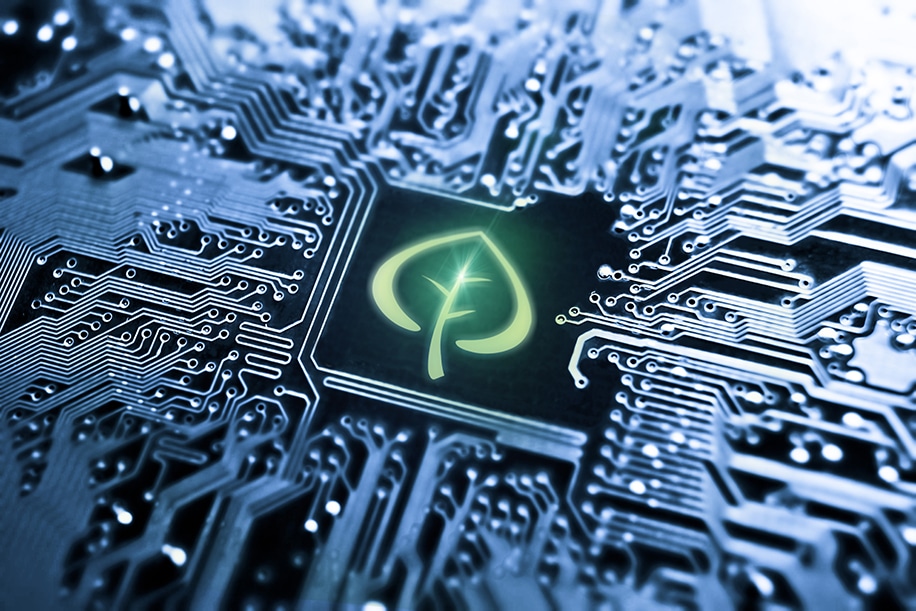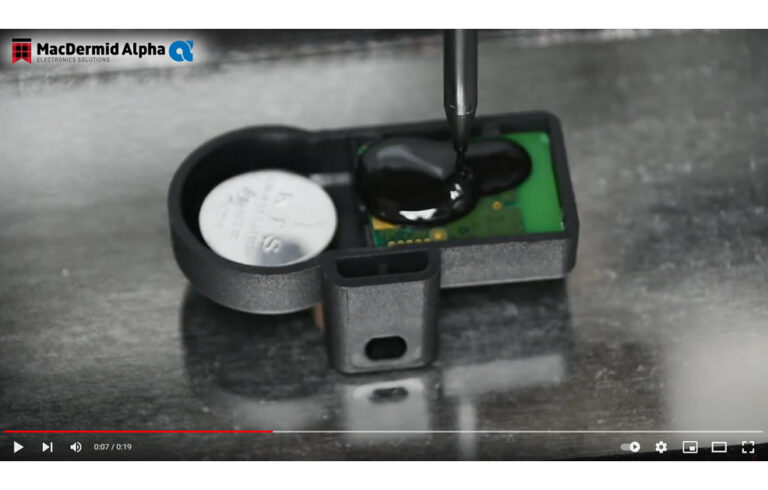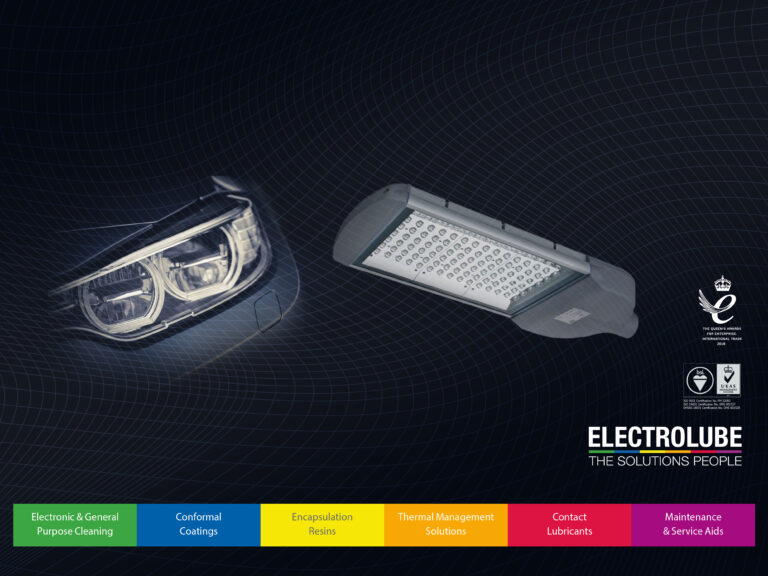Welcome to my first blog in the Conformal Coatings series. Let me introduce myself, I’m Saskia Hogan Global Product Manager for Conformal Coatings and have been part of the Electrolube team for 6 years, initially joining as Technical Sales Engineer covering Germany, Switzerland, Benelux and Scandinavia. My role as product manager includes the provision of technical guidance for innovative coatings technologies.
In my blog “Current and future trends in Conformal Coatings”, I will be focussing on both the currently used coatings and the change in trend towards more environmentally conscious options. The environmental element can be present in a host of different ways: for example, the use of less hazardous solvents; the reduction of solvents utilising alternative techniques or the use of conformal coatings with a higher content of bio-based materials. I will be considering these alternatives in more detail in my forthcoming series focussing on coatings. For this, my inaugural blog, I will be considering the general shift in trend within conformal coatings followed by some currently used coatings featuring alternative curing systems.
2022 has marked the year of MacDermid Alpha’s Electrolube brand working with bio-based material. Electrolube is committed to the formulation of some coatings containing a higher degree of bio-organic content, addressing sustainability targets of some manufacturers and end-users. One of the commonly asked questions, is just how well can coatings containing bio-organic content perform? The answer may surprise you; during testing it has been observed that improvements in terms of performance and reliability are present. Sustainability is a hot topic at the moment how this integrated solutions provider is paving the way for a more sustainable future. However, for now, let’s start at the beginning of our journey for an environmentally friendlier and more sustainable future.
Do you see the future of coatings as ‘greener’ or will there always be a demand for the more traditional solvent-based coatings?
Solvent-based conformal coatings are the most used conformal coatings in the electronics market, and they have their advantages. They are easy to use, cost effective and there is a wide selection available in the market. Whilst solvent-based conformal coatings will surely stay with us for quite some time, and are still incredibly popular, we also see a shift to a more careful attitude towards our resources and to more environmentally friendly and sustainable conformal coating products.
Specifically with younger generations on the electronics consumer side, but also in the workplace as product designers, electronic design engineers, chemical engineers, marketeers, just to name a few, we are finding more and more interest in sustainability and environmentally friendlier solutions, as well as the willingness to create products and solutions that really make a difference. This feeds through the supply chain and puts pressure onto different parts of the supply chain to provide more environmentally friendly solutions to support a greener approach and ultimately a greener future.
We also see an increased demand in protection materials for electronics that withstand harsher environments than ever before. The requirements are increasing rapidly and the pressure is on! If it then turns out, as we have seen from our research, that there are natural materials and materials from food waste, for instance, that can provide similar or better properties and protection, it seems only logical to dig into these renewables for coating product development. Nature is providing us with better solutions that are sustainable, as they are efficient … So, yes, I think there is a definite future for ‘greener’ conformal coatings.
There are other conformal coatings available in addition to solvent-based options, such as UV cure, 100% solids conformal coatings. How do they compare to solvent-based materials, and what are the differences between different UV cure coatings regarding the secondary cure mechanism?
For some manufacturers, solvent-based materials may represent a problem, and a way to circumvent this would be to utilise 100% solids, solvent, and VOC free materials. The traditional UV cure materials with secondary moisture cure, do however, come with its own challenges. When we look for example at the traditional UV cure conformal coatings, we find materials that have a UV primary cure and a secondary moisture cure. This means that wherever the correct UV light wavelength reaches the coating, it will cure the material within a matter of seconds. However, the problems lie within the shadow areas; in short, the areas that are not reached by the UV light. These specific areas will require a secondary cure. High components or under component parts will require the secondary cure to ensure an even protection level is achieved.
Many common UV cure coatings use atmospheric moisture for their secondary cure, which can release by-products that produce a strong odour. In applications, where the PCB is placed in an airtight enclosure, the available moisture can be limited, potentially resulting in an insufficient cure, and limited protection of the electronics. Therefore, it is important to leave the coated PCB until the secondary cure has fully taken place. Depending on the UV coating, the secondary cure can take days, weeks, and, in some cases, even months.
A chemical cure, functioning as a secondary cure is fundamentally different to a moisture cure. The chemical cure happens with the conformal coating, not being a single component material but a material that is consisting of a part A and a part B that will be mixed and react with each other to cure. So, after the UV primary cure has taken place, the material will go into the secondary cure phase without the need of any environmental input.
The secondary cure will happen much quicker, depending on the coating, coating thickness and temperature (normally between 16 and 24 hours). The coated PCB can be handled and, in most cases, even assembled into an enclosure straight away. As there are no requirements for moisture, the enclosure can be sealed without concern relating to uncured material.











